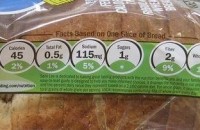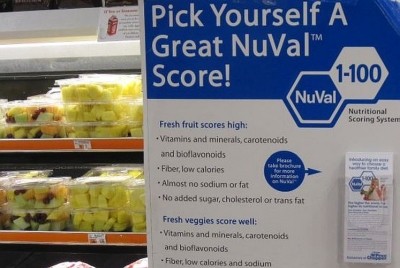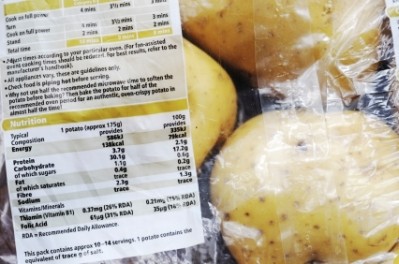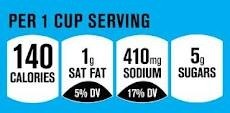NuVal blasts NCL’s ‘half-truths and misinformation’ over USDA meat labeling issue
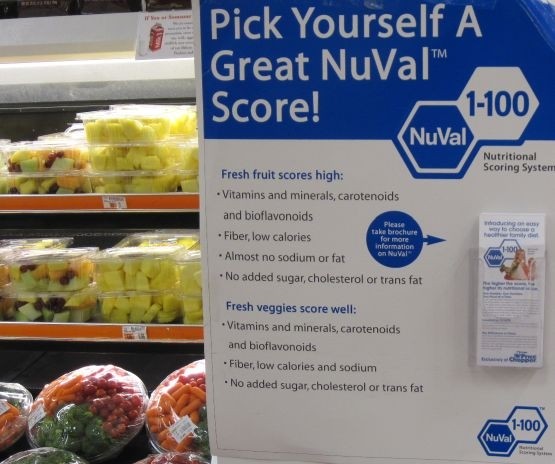
On Friday, NCL issued a press release entitled: 'Consumer group applauds USDA for rejection of questionable food labeling system'.
This quotes NCL executive director Sally Greenberg commending USDA "for its decision to deny efforts by NuVal LLC to place its rating system on the label of meat products”.
USDA’s decision (which NCL unearthed via a freedom of information act request) “illustrates both the USDA’s leadership in labeling and the problems inherent to the NuVal system”, said Greenberg, who argues that NuVal is based on a “secret algorithm” that throws up “illogical” scores.
NuVal used in more than 1,600 supermarkets in 31 states
However, NuVal communications boss Robert Keane told FoodNavigator-USA that the release - which referred to a matter than had been resolved 18 months ago - was highly misleading.
He added: “We were not told by USDA not to score the items in question, just that the scores should not go on the packaging as they could be interpreted as an undefined nutrient content claim.
“In this situation, it was deemed that no nutrition labeling systems were to be allowed on the meat products in question.
"Currently, the USDA believes that NuVal scores and Guiding Stars are not provided for in the regulations and therefore are not allowed to appear on the packages. This has nothing to do with judging a system or any commentary on its efficacy. The USDA interpreted front of pack regulations as not allowing for these systems and when asked about putting NuVal scores on meat packages in a USDA inspected plant, declined to allow for the score to appear.
“So it’s not accurate to say that USDA ‘rejected’ the NuVal scheme. Once again, the NCL has decided to use half-truths and misinformation in the place of a full accounting of the facts.
“In the supermarket, NuVal has continued to provide our scores on meat products … without complaint or action from the USDA or the FDA.”
NuVal is not a black box
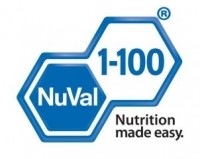
He also rejected Greenberg's claims that there is a lack of transparency about how NuVal scores are calculated, adding:
“If you go on our website, you can see all the attributes that we put into the equation.”
Nutrients with generally favorable effects on health (vitamins etc) increase the score, while nutrients with generally unfavorable effects (trans fat etc) decrease the score, he said.
“Our goal is to become the national standard [for front-of-pack labeling schemes].”
Illogical and inconsistent scores
However, Greenberg said NuVal “produces inconsistent and illogical scores”, observing that “chocolate brownie mix scores a 22 while canned mandarin oranges in light syrup score a 7”.
The NCL’s Teresa Green, Linda Golodner Food Safety & Nutrition Fellow, told FoodNavigator-USA that the NCL wants the Food and Drug Administration (FDA) to develop a universal front-of-package labeling system to replace the plethora of voluntary schemes such as NuVal.
It has also urged USDA to “encourage and participate in that process”, she added.
“Consumers must have access to an objective front-of package labeling scheme designed by public health agencies, to get the clear and consistent information they need to make healthier choices.”
Plethora of voluntary schemes: It's like the Wild West out there
The Institute of Medicine believes front-of-pack schemes should interpret nutrition information for consumers at a glance, and recommends listing calories per serving as well as a rating of zero to three 'nutritional points' based on levels of saturated and trans fats, sodium, and added sugars.
The industry-backed Facts Up Front program, however, spells out calories, sat fat, sodium and sugar per serving, and lets consumers make their own judgments. (It also gives manufacturers the option to mention two ‘nutrients to encourage’.)
Other schemes, such as NuVal or Guiding Stars, attribute stars or points to products based on nutrient density, while others, such as Walmart's new 'Great for You' scheme, award stamps to the healthiest products.
Whole Foods Market, meanwhile, is trialing a new color-coded scheme to alert shoppers to healthier choices in its stores.
But consumers are just left confused because all of these schemes are different, says the NCL: “It’s a wild west out there currently. There are many competing rating systems, a state of play that can leave consumers feeling even more confused than they were in the first place."
Facts up Front just replicates info from back of pack on the front
While the FDA wrote to the Grocery Manufacturers Association (GMA) and the Food Marketing Institute (FMI) in December 2011 saying it would exercise enforcement discretion for aspects of Facts up Front, it stopped short of fully endorsing the scheme, noted Green.
“The problem with Facts up Front is that it just replicates information on the back of the pack on the front.”
Rather than simply telling consumers how much sodium, fat, calories and sugar are in their products, food manufacturers should use a standardized labeling system that interprets this information for shoppers, she said.
The IOM’s proposal is therefore preferable to Facts Up Front although it isn’t perfect, she said.
FDA: A precise timeframe for developing any front-of-package labeling system has not been set
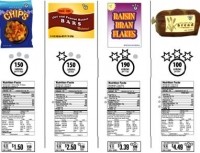
An FDA spokesman told FoodNavigator-USA: “FDA believes that a single FOP format is desirable and can provide information to consumers which will hopefully help to reduce obesity and chronic disease.
“FDA is currently monitoring the FMI/GMA initiative, which along with other information and research (including IOM reports) is informing our thinking about this issue going forward. A precise timeframe for developing any front-of-package labeling system has not been set.”
FDA, USDA and food labels
USDA has jurisdiction over meat, poultry and egg products, while FDA handles all other foods including shell eggs, seafood, fruits and vegetables and packaged foods.
USDA has a label approval process that companies must go through, whereas FDA does not preapprove labels.
Click here to see FoodNavigator-USA's gallery of different front-of-pack labeling schemes.

